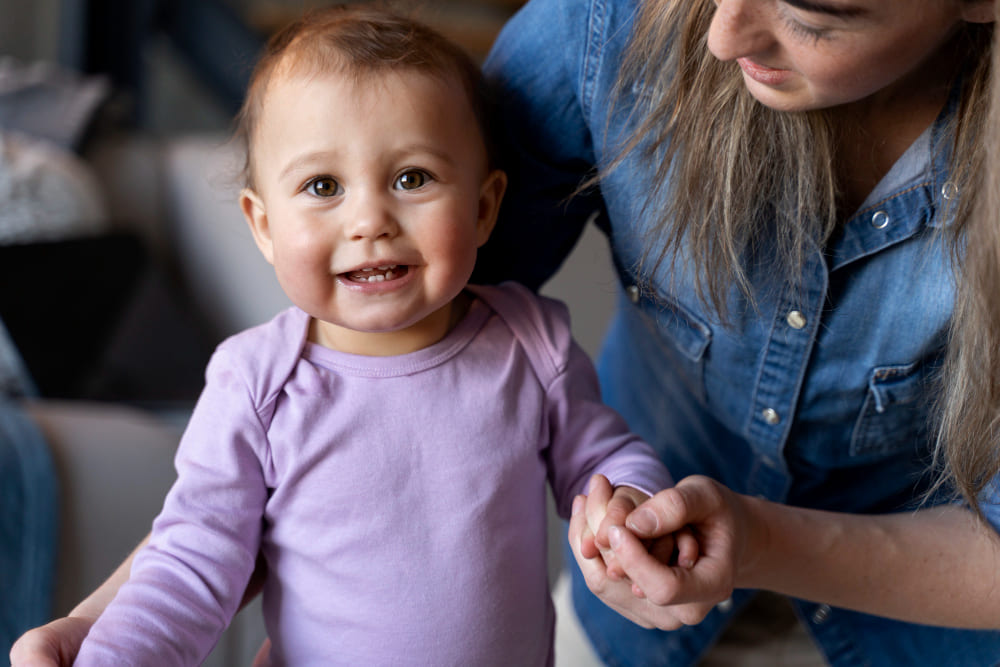Whoa!
Why Babies Babble the Same Sounds Worldwide
Whether in Tokyo, Toronto, or Timbuktu, babies start their language journey with the same sounds. The universal "ma-ma," "da-da," and "ba-ba" patterns appear across cultures, revealing fascinating insights about human language development and the biological foundations of speech.
Mind-Blowing Fact: Babies produce over 4,000 unique babbling sounds per day, but only about 12 of these sounds are universal across all cultures!
The Science of First Sounds
Babies begin with simple sounds that require minimal muscle control. The "m" and "b" sounds emerge first because they only require closing and opening the lips. This biological sequence explains why "mama" and "baba" are common first words worldwide, regardless of the local language.
Universal Babbling Patterns
Around 6-8 months, babies enter the canonical babbling stage, producing repetitive syllables like "ba-ba-ba." This pattern appears at the same age across cultures, suggesting it's hardwired into human development rather than learned from the environment.
Research Shows: Deaf babies also babble with their hands at the same age hearing babies babble vocally, following similar repetitive patterns!
The Melody of Baby Talk
Before making recognizable sounds, babies experiment with pitch and rhythm. This "prosodic babbling" follows musical patterns that are surprisingly similar across cultures, suggesting that melody might be the foundation of human language.
Cultural Influences
While initial babbling is universal, babies quickly begin tuning their sounds to their native language. By 10 months, Japanese babies produce more frequent consonant-vowel combinations, while English-learning babies experiment more with closed syllables.
Fascinating Discovery: Brain scans show that 6-month-old babies can distinguish between all human speech sounds, but lose this ability as they specialize in their native language!
The Social Connection
Babies babble more when adults respond to them, and they adjust their sounds based on adult reactions. This "conversational" babbling is a crucial step in language development and appears consistently across cultures, though the specific responses vary.
Bilingual Babbling
Babies in bilingual environments show unique babbling patterns, combining sounds from both languages. They may take slightly longer to begin babbling but ultimately develop more flexible speech patterns than monolingual infants.
Development Insight: Bilingual babies can distinguish between their two languages through babbling patterns by 10 months of age.
Technology and Babbling
New AI tools can now analyze baby babbling patterns to identify potential language development issues months earlier than traditional methods. These tools work across languages because they focus on universal developmental patterns rather than specific sounds.
Key Takeaways
Essential insights about baby babbling
- Babbling patterns are universal across cultures
- "Ma-ma" and "ba-ba" emerge first due to simple muscle use
- Only 12 out of 4,000 daily sounds are universal
- Babies specialize in native language by 10 months
- Universal patterns help detect development issues early



